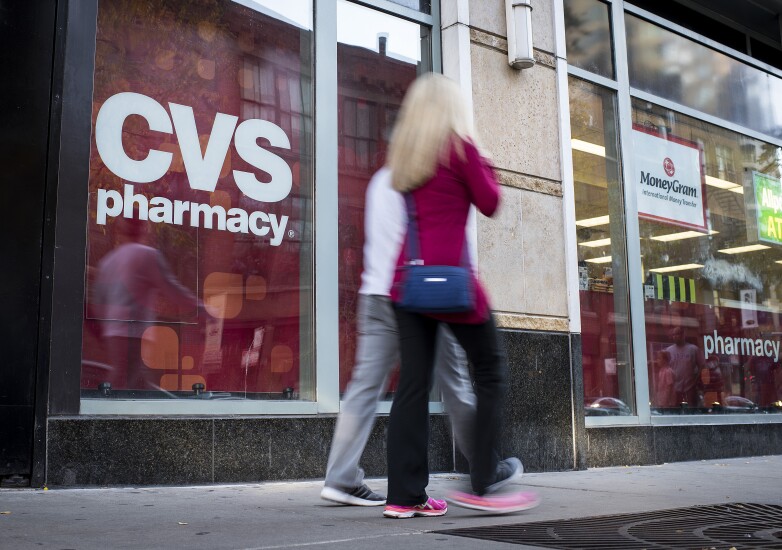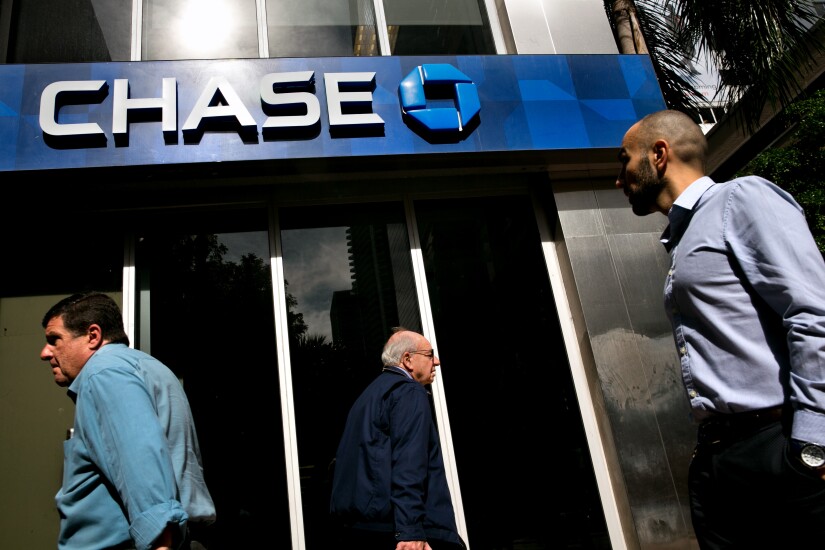
Some of these mobile wallet makers question the need for a "mobile" component, while others attempt to do away with elements such as Near Field Communication technology or ordinary cash. The market for mobile payments is still young enough that any concept could find its audience, so today's oddities might become tomorrow's trendsetters.
This listicle is compiled from reporting by PaymentsSource staff writers. Click the links in each item to read more.

Shoving a mobile wallet into a plastic card
In unveiling its new
Like the company's earlier cards, the new product can rewrite its magstripe to draw funds from more than one account, such as a checking account and a rewards balance. The new product supports EMV and NFC, and it uses a digital connection from Sprint, enabling a lot more.
"Today, a consumer can be watching TV and hear news about a retail or other breach, and then they start looking for their cards to see who to call or what to do," said Dynamics CEO Jeff Mullen. "With the wallet card, they would get a message right on the display of the card that the bank is aware of the breach and has already issued new card codes to your digital card."
That sort of technology can go a long way to help Dynamics break down a wall that has been difficult in the past — convincing U.S. banks and issuers to take a serious look at Dynamics' wallet card, said Thad Peterson, senior analyst with Boston-based Aite Group.
"I was very skeptical when I went in, but this is a physical manifestation of the digital wallet and I was pretty impressed," said Peterson, who attended Dynamics' presentation at the Consumer Electronics Show in Las Vegas. "The fact that it changes with a push of the button, it is pretty impressive because when it changes the account number, it changes the mag stripe, the EMV chip and the NFC as well."

Making the wallet an afterthought
Fitbit's plans for payments seemed to fall to the sidelines after its purchase of
Payments have rarely been a selling point of wearable devices. Google's Android Wear platform does not require NFC, and the Apple Watch's support of Apple Pay may be more a quirk of timing than of strategy, since the watch launched less than a year after Apple's mobile wallet.
In the smartwatch market, consumers may not expect a wearable device to support payments any more than they expect their kitchen appliances to. And yet, the card brands are more active than ever in embedding their technology into a dizzying number of internet-connected devices.

Pushing back on NFC, years after everyone else gave in
Even the launch of
A customer getting medicine may need to provide a prescription, ID, birth date, PIN, loyalty card and other information before they even get to the payment. By putting all of these things into a mobile app,
This is especially important for CVS, which has focused far more of its mobile development on non-payment services. In 2013, it introduced a
Walgreens, a CVS competitor, has taken a similar approach to mobile technology. Its 2011 "
The payment is a vital part to any such innovation, but it is not an easy part to bring to market. Two gigantic brands, Walmart and Apple, have both had problems getting consumers on board with their branded mobile payment systems.

Helping the competition
The issuer has debuted a cash-back incentive for credit card customers who pay with a mobile wallet, and it doesn’t matter if the transaction is handled by its proprietary Chase Pay platform or Apple Pay, Android Pay or Samsung Pay.
Chase for the first time has added mobile wallets as one of its rotating quarterly rewards categories, enabling its Chase Freedom credit card customers to earn 5% cash back on combined purchases up to $1,500 during the first three months of 2018.
The move is striking because Chase has poured substantial resources into developing Chase Pay as a unique offering for merchants and consumers. Chase Pay, introduced in 2015, is one of the few mobile wallets developed directly by a bank, and it’s distinguished itself further by forging agreements with merchants like Starbucks and Walmart for in-app and in-store acceptance at a lower, undisclosed cost.
Another differentiator for Chase Pay is its $10 million investment in LevelUp, a loyalty-based mobile payments company based in Boston. LevelUp's mobile wallet uses QR codes, the same system Chase Pay favors.
The promotion could provide some clues about consumers’ awareness of Chase Pay versus the three other wallets marketed by providers outside of the financial services industry, as Chase

A mix of two unproven concepts
"Virtual currency is not useful unless you can provide a way for people to spend it on something," said Graham de Barra, CEO of Bitcart, a Dublin-based discount gift card platform.
There are a lot of companies developing ways to place payment capabilities inside wearable devices. But consumer adoption of wearable payments is still at the early stage, if not still experimental. The clearest successes are in places where the environment is built entirely around the wearable, such as in Disney World theme parks and hotels.
In that regard, Bitcart has an uphill climb. Not only must it convince consumers and merchants to use a wearable device instead of cash, cards or mobile wallets; it must also convince them to use the Dash currency as part of the process. Neither are new innovations, but neither is widely used at this point.
"This seems to be a mashup of two concepts that have yet to gain traction," said Thad Peterson, a senior analyst at Aite Group. "And the bracelet can only be used at merchants that have chosen to incorporate the offering in their point of sale platform. It makes the challenge of achieving critical mass twice as difficult."

Putting biometric tech into a plastic card
But common sense and business sense don't always align, putting Gemalto in a position of knowing that its dual-interface card will have a hard time building an immediate audience.
In debuting its card with the
"It's interesting because the product, theoretically and technologically, is a no-brainer," said Paul Kobos, senior vice president of banking and payments for North America at Gemalto. "People are already using their fingerprints to access their phones and data and to do a transaction through Apple Pay and others."
But a couple of key factors work against a biometric card becoming a standard, Kobos said. Those would be cost and the customer registration process.
"You have to activate the fingerprint at the bank branch through a tablet," Kobos said. "Most larger banks are pushing people to self-service and they don't want customers to have to go to a branch as much."
To that end, Gemalto is working on at-home solutions for storing fingerprint data on the card, such as readers that connect over USB or bluetooth. But that doesn't address the cost banks would incur to issue these cards to a wide audience.
"Cost is definitely going to be a factor," Kobos said. "Cost depends on volume, but in comparing it to a contactless card, it is going to be several multiples of that. The bank is really going to have to believe it will either reduce fraud or the customer perception will be such that they will want to do it."





